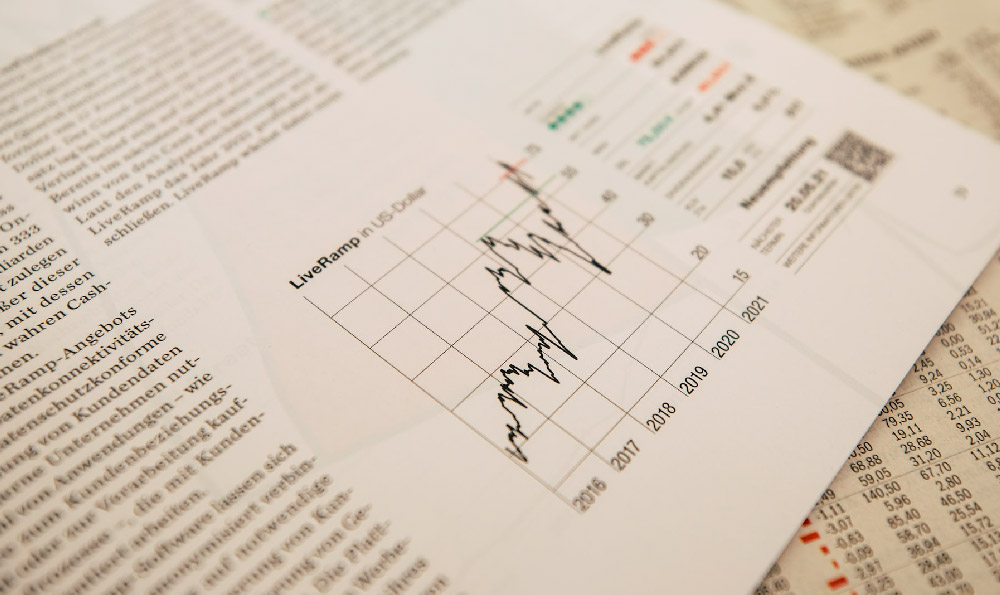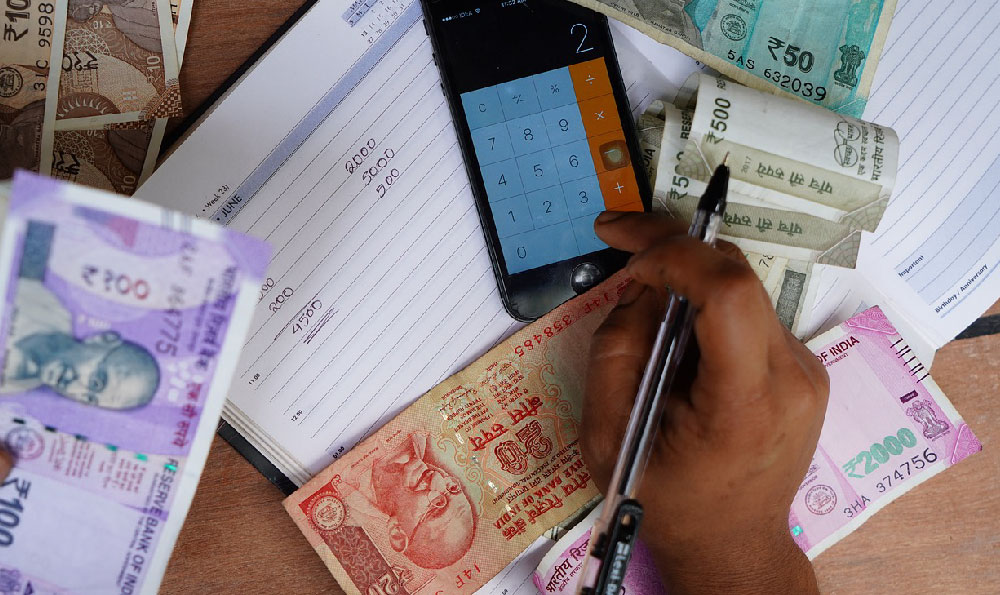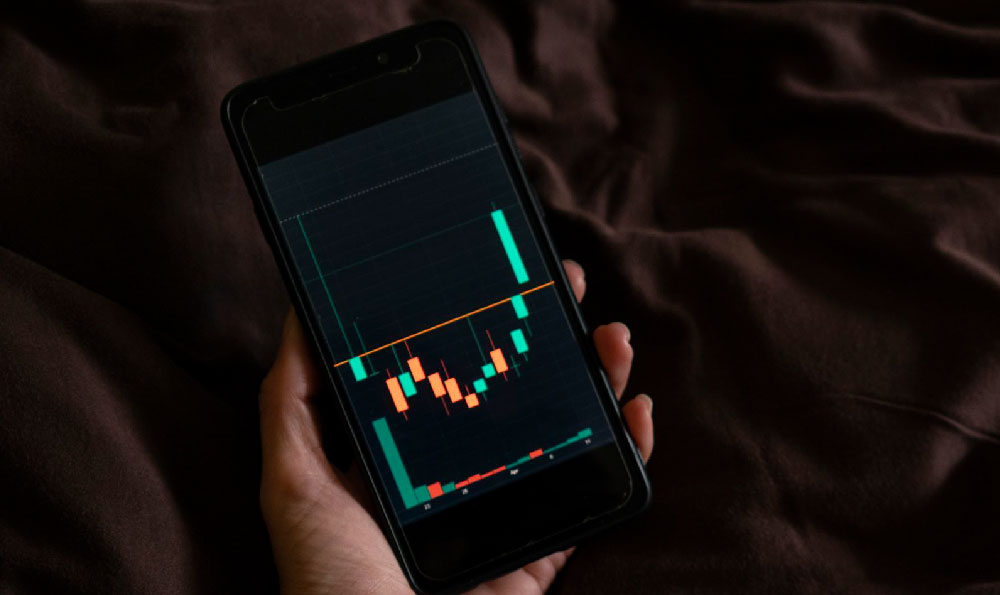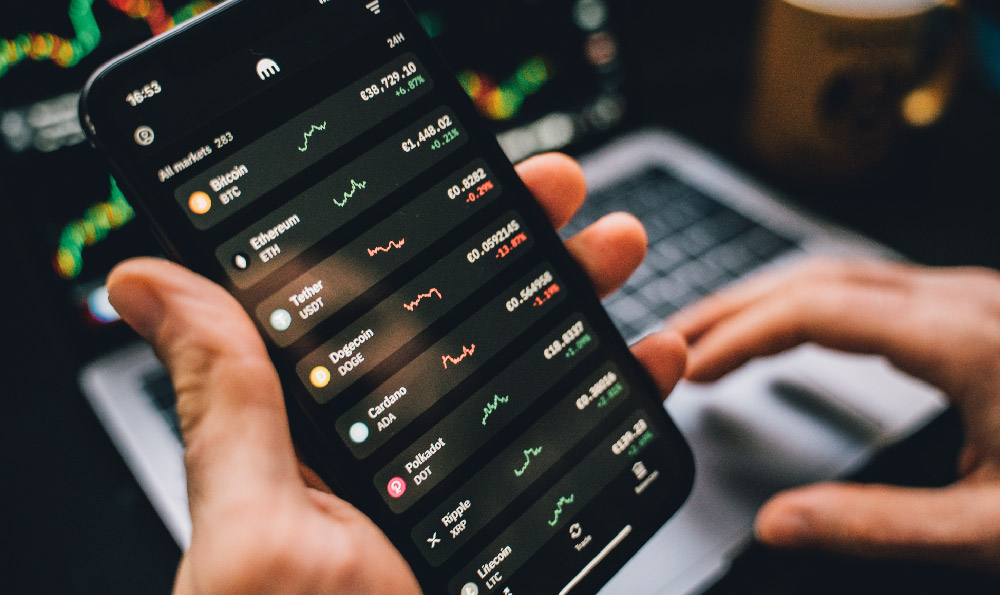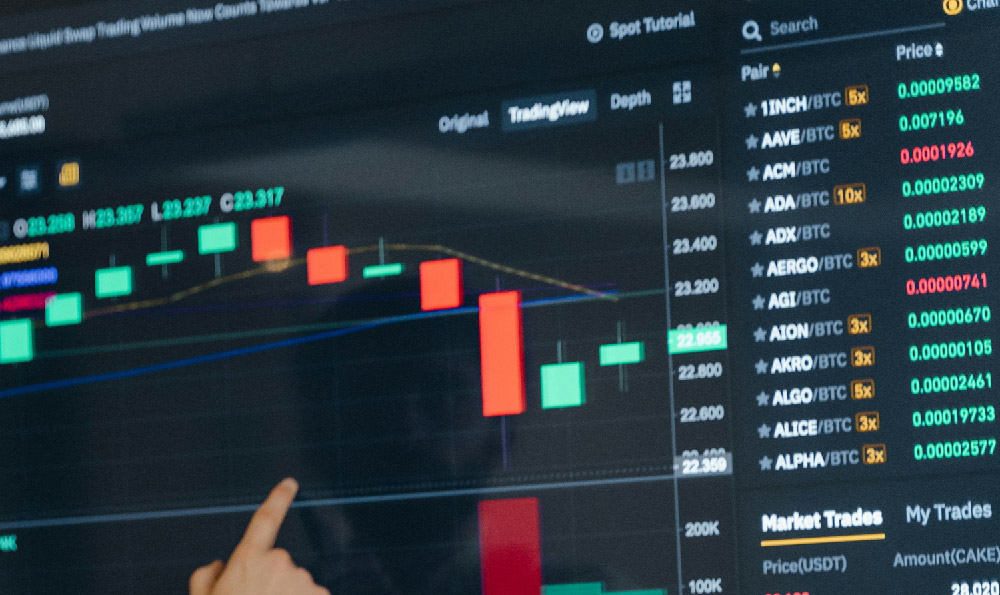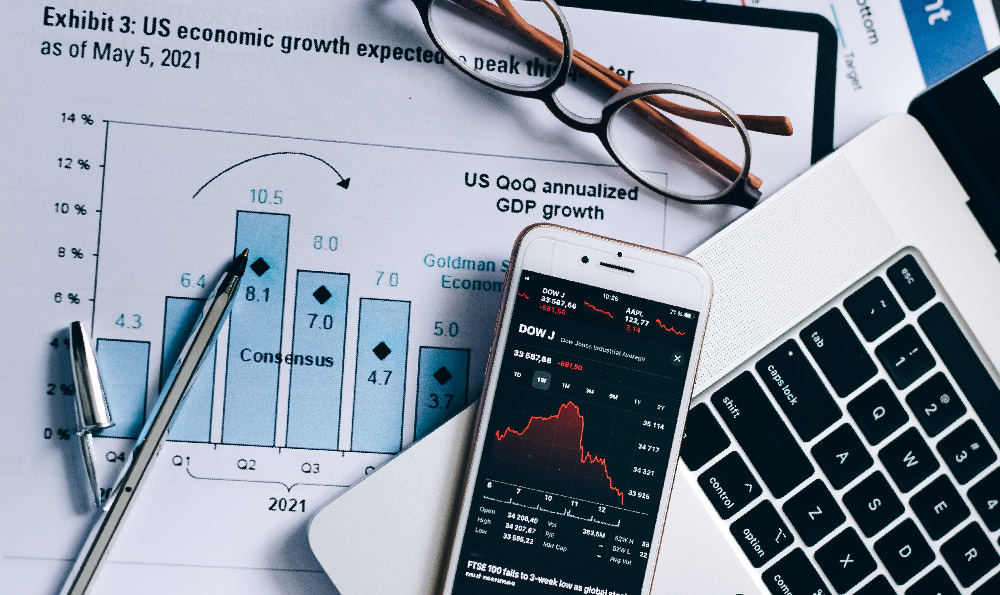The allure of quick riches has always been a powerful motivator, particularly in the volatile and often unpredictable realm of cryptocurrency investing. The question of whether one can genuinely "make money in an hour" trading cryptocurrency is a complex one, demanding a nuanced understanding of market dynamics, risk tolerance, and the inherent limitations involved. While the prospect is tantalizing, it's crucial to approach such ambitions with a healthy dose of skepticism and a strategic mindset.
The answer, in short, is theoretically yes, but realistically, highly improbable and incredibly risky. The cryptocurrency market operates 24/7, presenting opportunities for rapid price fluctuations that could, in principle, lead to profit within a short timeframe. Imagine, for example, a scenario where a specific cryptocurrency experiences a sudden surge in demand due to breaking news, a celebrity endorsement, or a significant technological breakthrough. A savvy trader, with pre-existing knowledge of the market and the specific coin, might capitalize on this brief window of opportunity by buying low and selling high within the hour.
However, this ideal scenario hinges on a confluence of factors that are rarely aligned perfectly. First and foremost, significant price movements are often triggered by unpredictable events. Predicting these "black swan" events with accuracy is next to impossible, even for seasoned analysts. While technical analysis tools and market indicators can provide insights into potential trends, they are far from foolproof and cannot guarantee profitable outcomes.
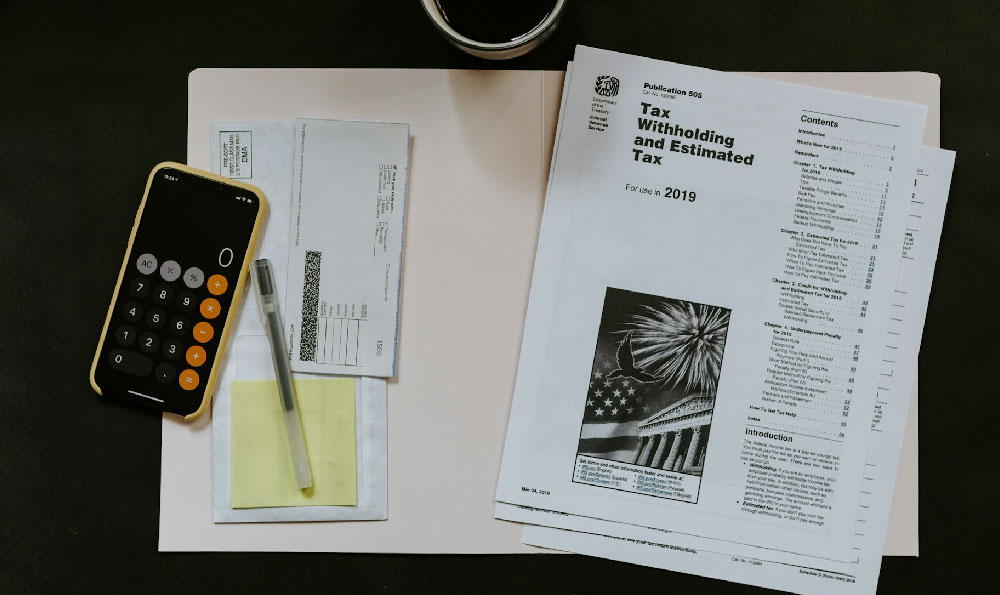
Furthermore, even if one anticipates a potential price surge, timing the market precisely is notoriously difficult. Buying too early could mean holding the asset for an extended period, tying up capital and potentially incurring losses if the anticipated surge doesn't materialize. Buying too late could mean missing the opportunity altogether or, worse, buying at the peak and suffering substantial losses when the price inevitably corrects.
Another critical factor to consider is transaction fees and slippage. Every cryptocurrency trade incurs transaction fees, which can eat into potential profits, especially for small, short-term trades. Slippage, the difference between the expected price of a trade and the actual price at which it is executed, can also significantly impact profitability, particularly during periods of high volatility when order books are thin. Imagine making a trade, expecting to profit by a few percentage points, only to find that transaction fees and slippage have eroded your profit margin to near zero, or even resulted in a loss.
Beyond these technical considerations, the psychological aspect of trading cannot be overlooked. The pressure to make quick money can lead to impulsive decisions, emotional trading, and a disregard for sound risk management principles. Fear of missing out (FOMO) can drive investors to buy assets at inflated prices, while panic selling can lead to unnecessary losses during market dips. The key to successful trading, whether over short or long periods, lies in maintaining a cool head, sticking to a pre-defined strategy, and avoiding emotional decision-making.
Instead of focusing solely on the unrealistic goal of making money in an hour, a more prudent approach involves building a comprehensive investment strategy based on sound financial principles. This includes diversifying one's portfolio across multiple cryptocurrencies, allocating funds according to risk tolerance, and conducting thorough research before investing in any particular asset. Understanding the underlying technology, the team behind the project, and the market potential are crucial for making informed investment decisions.
Moreover, it's essential to adopt a long-term perspective. Cryptocurrency investing should be viewed as a marathon, not a sprint. While short-term gains are possible, the true potential of cryptocurrencies lies in their long-term growth potential. Investing in fundamentally sound projects with strong use cases and a solid roadmap can yield significant returns over time.
Risk management is paramount. Only invest what you can afford to lose, and always use stop-loss orders to limit potential losses. A stop-loss order automatically sells an asset when it reaches a predetermined price, preventing further losses in case of a sudden price drop. Furthermore, it's wise to take profits regularly and rebalance your portfolio periodically to maintain a healthy risk-reward ratio.
Finally, continuous learning is essential for success in the ever-evolving cryptocurrency landscape. Keep abreast of the latest market trends, regulatory developments, and technological advancements. Participate in online communities, read industry publications, and attend webinars to expand your knowledge and refine your investment skills.
In conclusion, while the possibility of making money in an hour through cryptocurrency trading exists, it is an extremely unlikely and high-risk proposition. A far more sustainable and responsible approach involves building a diversified portfolio, adopting a long-term perspective, managing risk effectively, and continuously educating oneself about the market. Instead of chasing fleeting opportunities for quick riches, focus on building a solid foundation for long-term financial success. Remember, patience, discipline, and informed decision-making are the cornerstones of successful investing in any asset class, including cryptocurrencies.



